10 Unique Spring Traditions From Around The World
Around the world, people celebrate the end of the dreary winter weather as they usher in the Spring season with unique festivals and traditions. Some date back thousands of years, while others are fairly new.
From exploding snowmen to flower festivals, check out how cultures around the world celebrate the start of the spring season.
Check out our most popular vacations that include both Australia & New Zealand!
Australia & New Zealand in 19 days from $3,899
22 Day Australia & New Zealand from $5,399
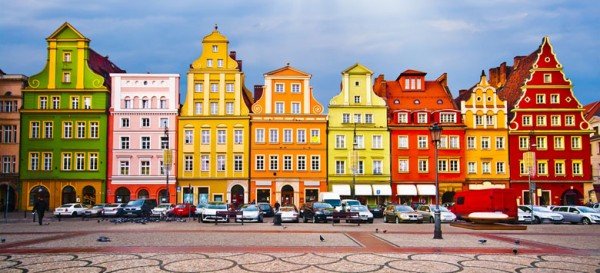
Poland – Marzanna
In a tradition originating from the 16th century, people in Poland celebrate the first day of spring with dramatic fashion. Called the drowning of the Marzanna, a doll, usually made of straw, is made to symbolize the cold, dreary winter. The dolls are then paraded through the street as crowds make their way to a river or other body of water.
The decorated dolls are then tossed into the water to symbolize the end of winter’s wrath.
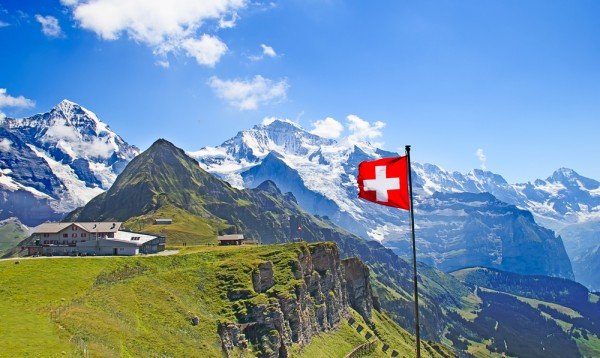
Switzerland- Sechseläuten
In a blunt celebration of winter’s end, the Swiss use a fiery show to ring in the new season.
A snowman is burned modern times, the rate at which the Böögg burns is seen as a predictor of summer weather. The faster the fire reaches the head of the snowman, the better the conditions are expected to be.
If it explodes in the first 6 to 10 minutes, summer will be dry and sunny. An explosion after 10 to 15 minutes of burning is supposed to indicate a rainy summer.
Bulgaria- Baba Marta
In Bulgarian, Baba Marta means “the grandmother of March,” so it’s no coincidence that the tradition starts on the first day of the month. In folklore, Baba Marta is a cranky old lady who must be treated kindly, or she will bestow more cold, bleak winter days. In modern times, Baba Marta Day is treated as a celebration of spring’s proximity.
To welcome the upcoming milder weather, Bulgarians adorn their wrists Martenitsi, or red and white bracelets that symbolize health and fertility. People hand out the red and white symbols to friends and loved ones to wish them peace and happiness.
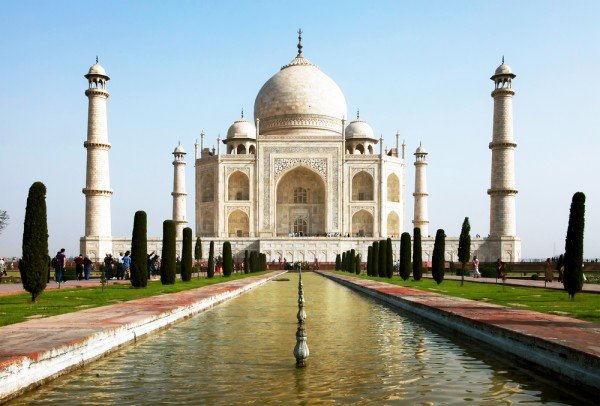
India – Holi
In a celebration of the triumph of good over bad, the colorful Holi tradition takes place in late February or early March. The festival originated as Hindu tradition, but is now a cultural experience that has radiated to other parts of the world.
To usher in the fruitful spring season, people participate in bonfires and parties the night before Holi. The next day, the masses gather on the streets for a giant color fight, throwing dyed powder onto each other. The carefree revelry offers a chance to connect with other human beings and let go of any past hardships.
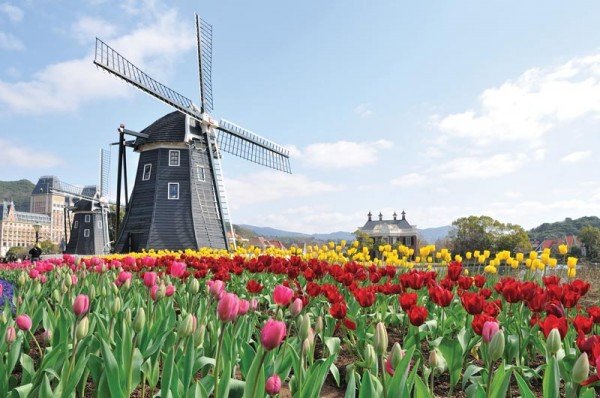
The Netherlands- Bloemencorso Bollenstreek
Known for an abundance of flowers, South Holland hosts a 12-hour-long parade that travels from Noordwijk to Haarlem. One of the region’s most anticipated spring events, the Flower Parade of the Bollenstreek is the only parade constructed of bulb flowers like hyacinths, tulips and daffodils.
Elaborate floats wander through the streets in a route that stretches more than 24 miles. Hundreds of thousands of people line up to watch the decorative and fragrant structures every April.
You might like:
Tulip Time River Cruise from $1,949

Australia- Floriade
In a fairly new tradition, more than 400,000 flock to Australia’s capital, Canberra, for a massive flower festival each spring, which is in September, remember the seasons are flipped to ours in the Northern Hemisphere. When the season kicks off in September for the Southern Hemisphere, a month-long celebration begins.
More than one million blooms take over Canberra’s Commonwealth Park each year, offering a breathtaking display of spring color. The festival also includes concerts, art displays, horticultural workshops and other recreational activities.
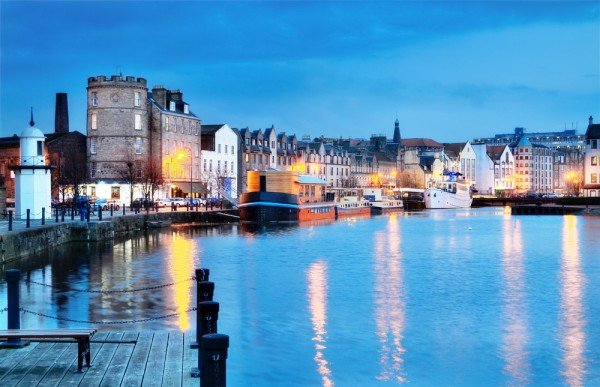
Scotland- Whuppity Scoorie
Scotland’s Whuppity Scoorie tradition is so old, that no one can really pinpoint how or why it started. In Lanark, Scotland, children run around with balls made of crumpled paper swinging around their heads near dusk on the first of March. They run laps around the town’s bell, known as the Kirk, until it rings at 6 p.m. after six months of silence during the desolate winter days.
Town officials believe it originated to rid of evil spirits before the spring season started. The “Whuppity Scoorie” name was coined in the 19th century and it remains a popular tradition to this day.
Bosnia – Cimburijada
Thousands of Bosnians gather in Zenica, Bosnia, for the “Festival of Scrambled Eggs” every March as spring season begins. The focus is on the egg, a symbol of new life, as the new season starts. Mass amounts of scrambled eggs are cooked in huge pots and then handed out for free.
The tradition dates back a few hundred years and attracts visitors from around the country.
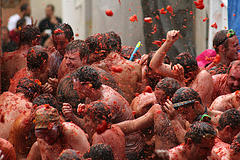
Spain- Falles
The population Valencia, Spain, triples in size during the annual festival of Fallas (or Falles) which takes place every March. Three million people turn up for a week of fiery, satirical entertainment. The week begins processions to honor Saint Joseph and ends with the incineration of ninots, the paper-mâché figurines stuffed with firecrackers.
Festival-goers often wear medieval clothing for the nonstop street party to welcome the spring season.
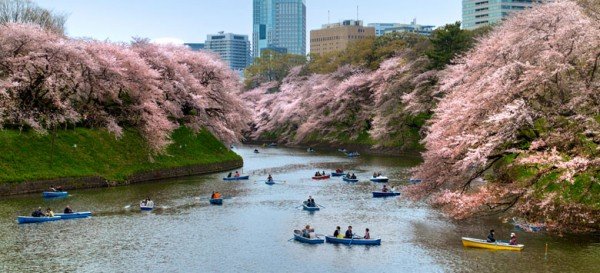
Japan – Hanami
Japan’s cherry blossoms are an internationally-known spring spectacle that take place from late March to early May across the country. People keep an watchful eye on the bloom forecasts, hoping to plan Hanami at peak times.
People welcome spring by hosting parties under the trees, a tradition that has taken place for centuries.
Ready to plan you dream vacation and celebrate your own traditions? Call a Travel Team Agent today at 1-800-788-0829 to start planning your dream vacation!
Travel Team plans tailor-made vacations at Internet Prices!
Don’t forget to visit our website and like us on Facebook for all the latest travel deals, ideas and tips!





